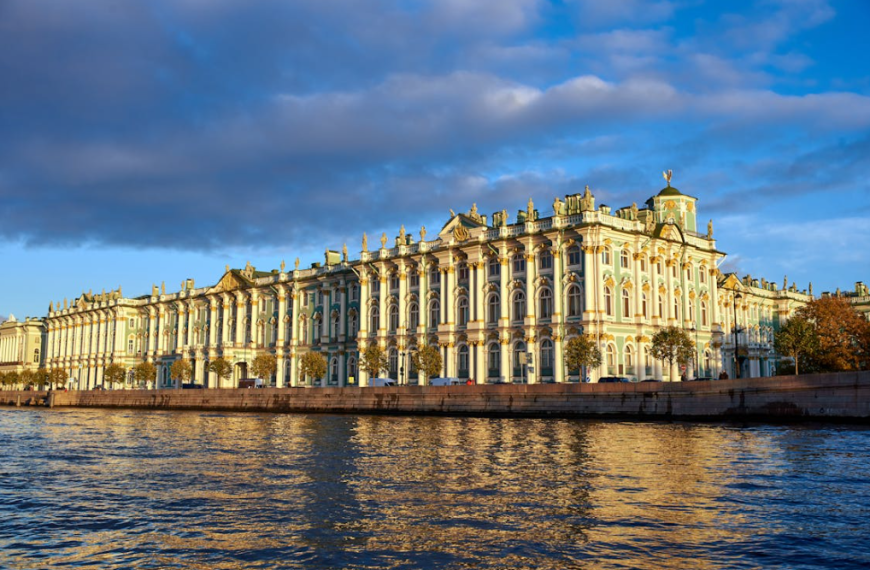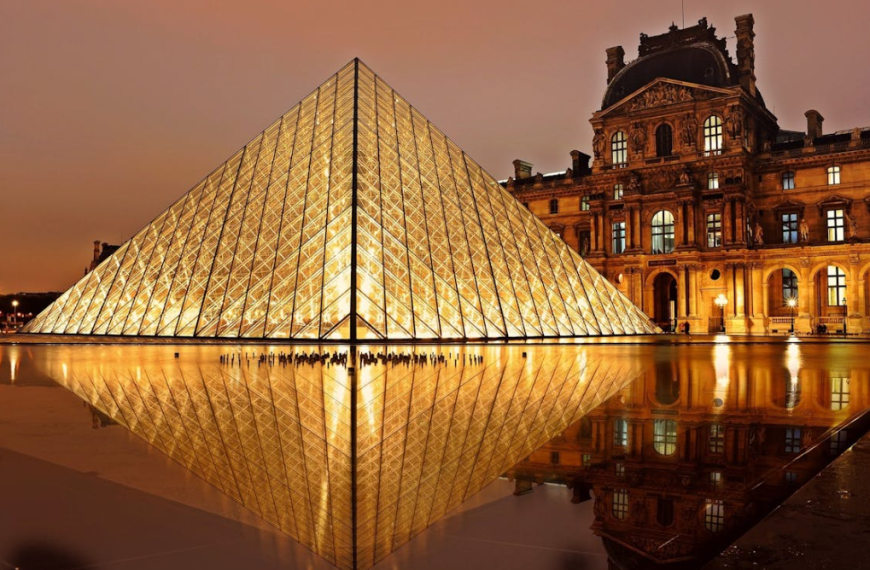When Commander Robert Peary told his team to set up camp on April 6, 1909, he wasn’t completely sure they had reached their goal. On his last trip to the North Pole, navigating the Arctic was tough, and figuring out where they were on land made it even harder.
While history originally said Peary was the first to reach the North Pole, one important person on his team was often forgotten: a Black explorer named Matthew Alexander Henson from Baltimore.
Tired from weeks of traveling across the icy polar region, Peary had a hard time recovering after falling into freezing water the day before. But despite this, he and his team, which included four Inuit hunters named Ooqueah, Ootah, Egingwah, and Seegloo, kept going. Henson also fell in.
“Old Ootah, loyal as ever, grabbed me like he would a dog,” Henson wrote in his book A Negro Explorer at the North Pole. “He pulled me out with one hand and hurried the team across with the other.”
Henson and Peary’s Accounts of Reaching the North Pole
Maybe caught up in their excitement about being so close to their goal, the team hurried north for several more miles. Peary, struggling at the back, finally called out to stop for the night. “The Commander, who was about fifty yards behind, said we should set up camp,” Henson wrote.
After only a few hours of sleep to rest, Peary carefully measured their location the next morning. “We had finished our last long journey upward,” he wrote in his book The North Pole Its Discovery in 1909 Under the Auspices of the Peary Arctic Club. “I was too tired to fully grasp in that moment that we had achieved my life’s goal.”
According to Peary’s calculations, they had reached the North Pole. Henson confirmed Peary’s assessment. “The first observation showed that we had calculated the distance very accurately,” Henson wrote. “When the flag was raised at the Earth’s geographical center, it was just behind our igloos.”
Peary’s claim of reaching the pole was later questioned. By the 1980s, even the National Geographic Society, one of Peary’s supporters, thought his team might not have made it all the way. But if Peary’s team did reach the North Pole, who got there first? Some records suggest it was Henson.
“When the compass started acting strange,” Henson remembered in a 1936 interview, “I sat down and waited for Mr. Peary. He arrived about forty-five minutes later, and we waited for the sunrise to check our exact location… The next morning, when the positions were confirmed, Peary said, ‘Matt, we’ve finally reached the North Pole.'”
Henson Overlooked
During the early 1900s, explorers were eager to claim fame by reaching unexplored places. Often, only white men leading expeditions were celebrated, ignoring the contributions of indigenous people and people of color like Henson.
But Henson was crucial to Peary’s expeditions. He was born on August 8, 1866, in Nanjemoy, Maryland. Orphaned at a young age, he went to sea at 12 and learned many skills and languages while traveling.
At 18, while working in a furrier shop in Washington, D.C., Henson met Commander Robert Peary. Peary hired him as an assistant, and they explored Nicaragua, Central America, and eventually the Arctic together.
Controversy Over North Pole Claims
Shortly after returning from the North Pole, Dr. Frederick A. Cook claimed he reached it a year earlier, but his claim was proven false. Due to the challenges of the environment and navigation tools at the time, it’s hard to say who actually got there first.
Some evidence suggests Matthew Henson might have been the first to reach the Pole in 1909. However, this led to a rift between him and Peary, despite their long partnership in exploration.
Peary, although acknowledging everyone’s contributions, claimed sole credit for the discovery, leaving Henson feeling unappreciated. This strained their relationship, as Peary distanced himself from Henson after the expedition.
Despite this, their expeditions achieved significant feats, like mapping Greenland’s coast, transporting a large meteorite to a museum, and setting records for the farthest north reached.
‘Matthew the Kind One’
During their expeditions, Peary took credit for their achievements, while Henson did most of the work, building sledges and training team members. He also learned from the Inuit and got along well with them.
The Inuit called him Maripaluk, meaning “Matthew the Kind One.” He mastered their survival techniques and language, making him vital to the team.
According to Donald B. MacMillan, another team member, Henson was just as experienced as Peary and indispensable to the expedition.
Whether they reached the North Pole or not, Henson’s role was crucial. Even Peary acknowledged that he couldn’t have made it without Henson.










